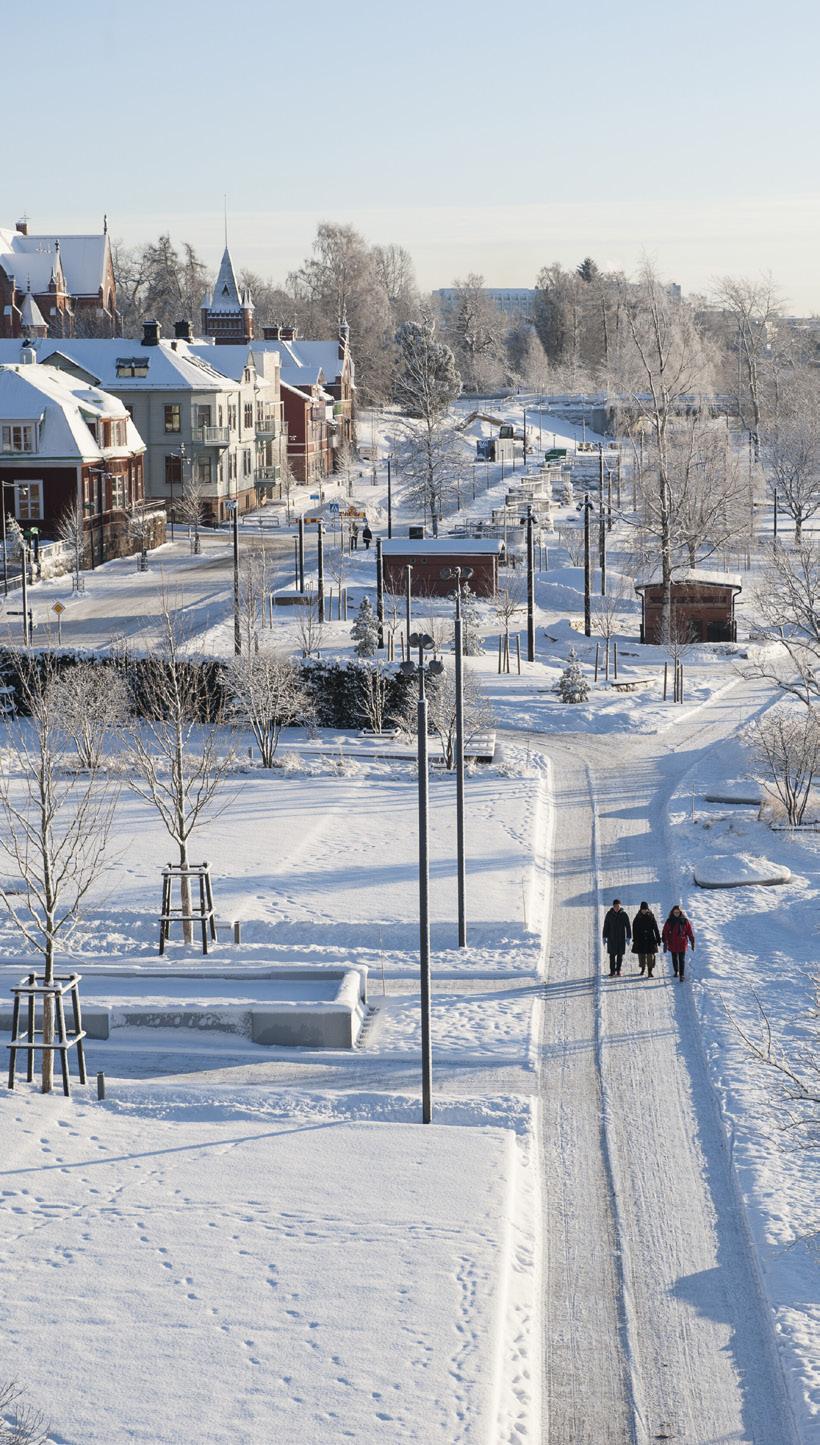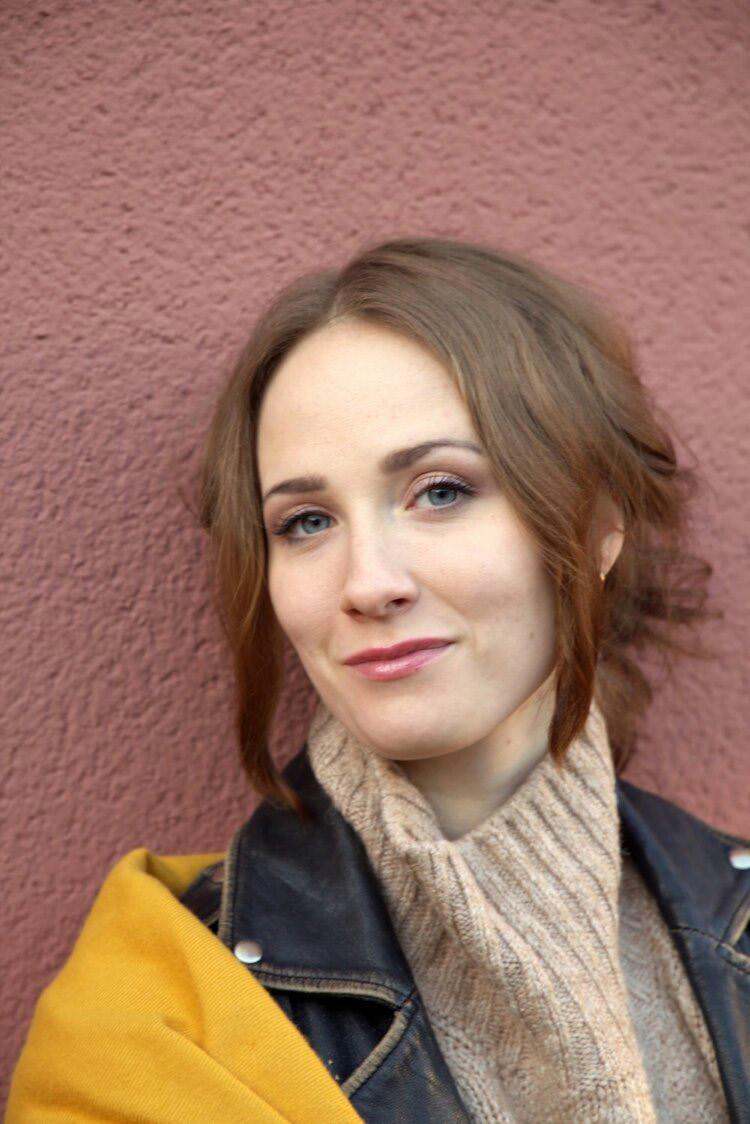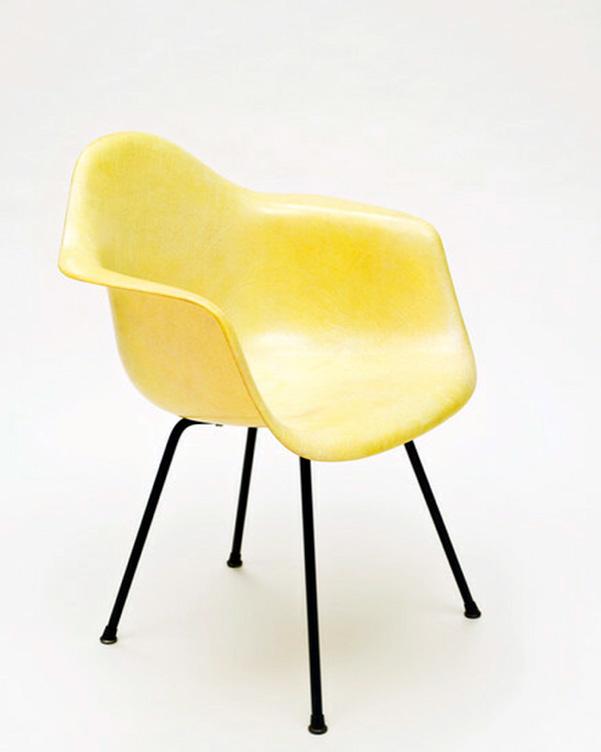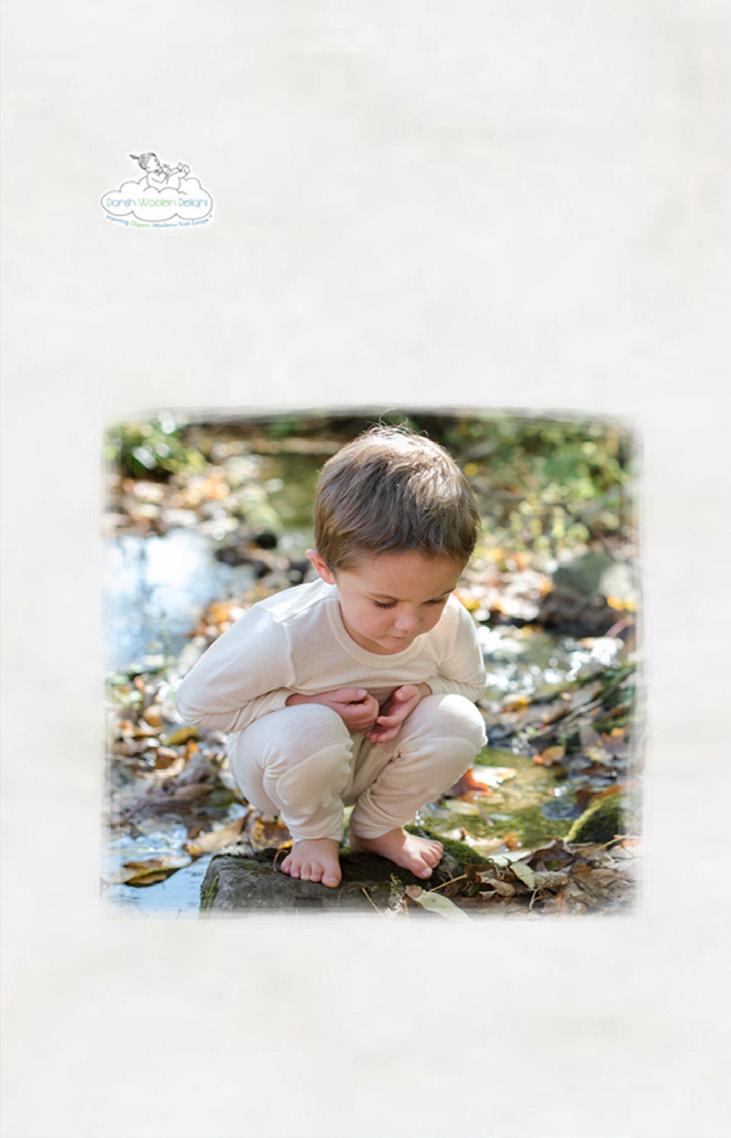
3 minute read
Swedish News
Huge increase in food prices
The total price increase for food in 2022 was 18.6%, according to Statistics Sweden. Butter, sandwich margarine, household margarine and what SCB categorizes as “other sandwich fat” increased between 34 and 41 percent. Fish has become much more expensive with increases of around 30 percent. Fruit and vegetables have also increased in price, as have potatoes, flour, pasta and rice. White cabbage is the commodity that has increased the most in the past year - with an increase of 66.3 percent. The price of cauliflower, on the other hand, decreased 4.2 percent. The inflation rate rose again in December, according to Statistics Sweden and was on an annual basis at 10.2 percent, partly caused by sharply increasing electricity prices: +28% during December.
Increased support for nuclear
Swedes have become significantly more positive about nuclear power and only one in 10 currently wants to phase out this energy source, according to an opinion poll from the so-called Analysgruppen, which assigned Novus to survey around a thousand Swedes. Almost six in 10 responded that they can imagine “continuing to use nuclear power and, if necessary, build new reactors.” At the end of 2017, that figure was just under 30 percent and a year ago around 45 percent. The biggest change is among women.
New entrepreneurship affected
The economic situation in 2022 affected Swedish start-ups. The number of newly started companies fell six percent compared to the year before, according to statistics from the Swedish Companies Registration Office. A total of 71,140 companies were started and the worst development was on Gotland, where the number of new companies decreased by 18 percent. The only county showing positive figures is Norrbotten in the north with an increase of 12 percent.
Bankruptcies despite support
The Swedish Tax Agency has started bankrupting companies for not being able to make installment payments on taxes they were given a deferral for during the pandemic. Since December 2022, 150 companies have been declared bankrupt after failing to make payments. It concerns a total of 24,000 companies that received tax deferrals to an amount of SEK 34 billion.
Used furniture benefits climate
Buying used instead of new furniture can reduce the climate impact by 92 percent, according to a report from the Nature Conservation Association. The climate effect of buying one new armchair is as great as for 24 used ones, additional transportation costs withstanding.
Viking Age migrations can be seen in Swedes’ DNA
Many Swedes still carry genes from the wave of people from England and Ireland who moved to Sweden during the Viking Age. Immigrants from the east at the time, on the other hand, do not seem to have had as many children, a new study shows. People often speak of the Vikings as a traveling people, with contacts far out in the world. Now a new Swedish-Icelandic study of ancient DNA shows that the period between the year 750 and 1050 also meant a peak in immigration of people to Denmark, Norway and Sweden.
The study, based on 297 ancient Scandinavian genomes analyzed together with the genomic data of 16,638 present day Scandinavians, resolves the complex relations between geography, ancestry, and gene flow in Scandinavia – encompassing the Roman Age, the Viking Age and later periods. A surprising increase of variation during the Viking period indicates that gene flow into Scandinavia was especially intense during this period.
Another new discovery in this study was what happened to the gene pool after the Viking period. The scientists were surprised to find that it bounced back in the direction of what it looked like before the Viking period migration. Professor Anders Götherström at the Centre for Palaeogenetics, who is a senior scientist on the study, is intrigued: “Interest- ingly, the non-local ancestry peaks during the Viking period while being lower before and after. The drop in current levels of external ancestry suggests that the Viking-period migrants got less children, or somehow contributed proportionally less to the gene pool than the people who were already in Scandinavia.”

The study, led by Dr. Ricardo Rodríguez Varela and Professor Anders Götherström at Stockholm University, and Professor Agnar Helgason and Kristjáan Moore at deCODE in Reykavijk, has gained a lot of international publicity.
A new discovery was the history of the northern Scandinavian gene pool. There is a genetic component in northern Scandinavia that is rare in central and western Europe, and the scientists were able to track this component in northern Scandinavia through the latest 1000 years.
The study is based on a number of well-known Swedish archaeological sites. For example, there are genomes from the 17th century warship Kronan, from the Viking and Vendel period boat burials in the lake Mälaren Valley, and from the migration period ring fortress Sandby borg on Öland.
Anders Götherström concludes: “We were working on a number of smaller studies on different archaeological sites. And at some point it just made sense to combine them into a larger study on the development of the Scandinavian gene pool.”
The study, published in Cell, is an international effort with several collaborators led by Dr. Ricardo Rodríguez Varela and Professor Anders Götherström at Stockholm University, and Professor Agnar Helgason and Kristjáan Moore at deCODE in Reykavijk.
The Centre for Palaeogenetics (CPG) is a joint venture between Stockholm University and the Swedish Museum of Natural History - www.palaeogenetics.com. The article “The genetic history of Scandinavia from the Roman Iron Age to the present” was published in the journal Cell, which publishes findings of unusual significance in any area of experimental biology.










